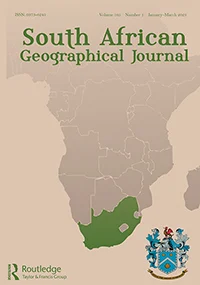Understanding local actors’ perspective of threats to the sustainable management of communal rangeland and the role of Participatory GIS (PGIS): the case of Vulindlela, South Africa
Abstract
Rangelands in arid and semi-arid regions serve as grazing land for domesticated animals and therefore offer livelihood opportunities for most pastoral communities. Thus, the exposure of most rangelands in arid and semi-arid regions to threats that are associated with natural, social, economic, and political processes affects their capacity to provide socioeconomic and environmental support to the immediate and global communities. In spite of the effects of rangeland transformations on both the natural and human environment, the assessment of threats affecting rangeland productivity has often been approached from a conventional scientific perspective. Most existing literature is focused on the assessment of threats to the biophysical environment. As such the social dimension of rangeland threats is not well understood. This research employed participatory rural appraisal (PRA) and PGIS techniques to assess rangeland threats and management actions from a local perspective. The result revealed that local actors prioritize threats to their social and economic needs over threats to the biophysical environment and their preference is informed by the frequency and magnitude of the threats. The outcome of the research demonstrates the need to promote rangeland governance through interdisciplinary and inclusive participation in research and development.

